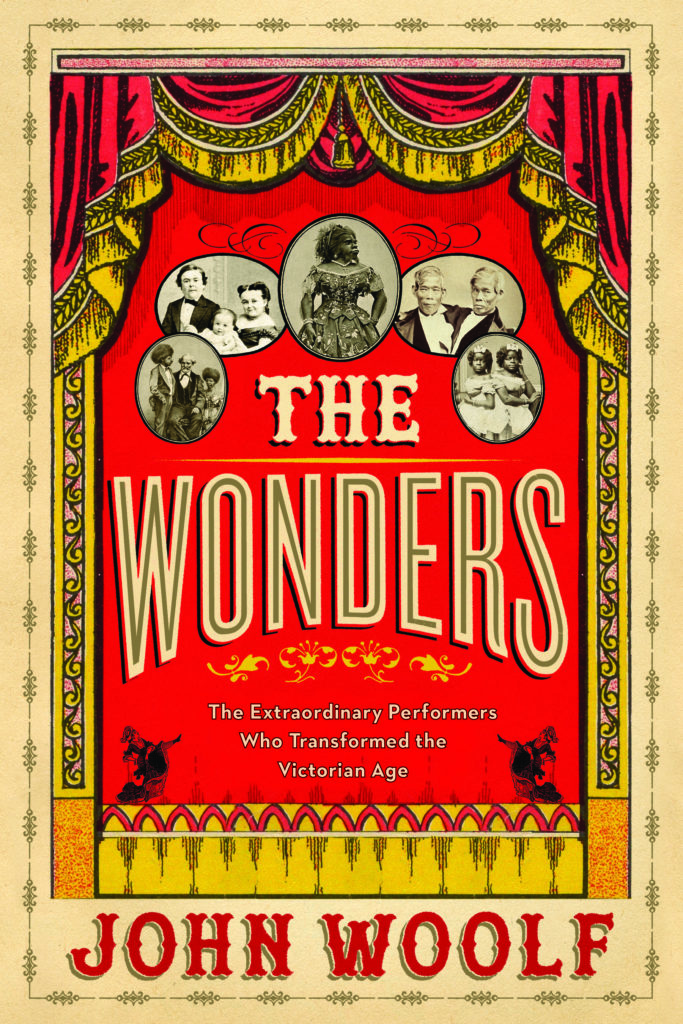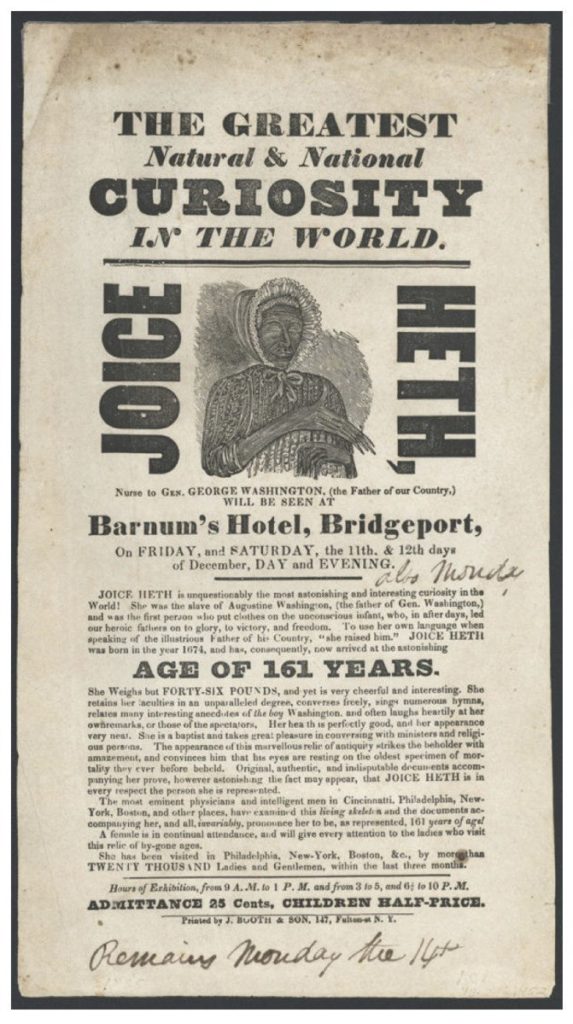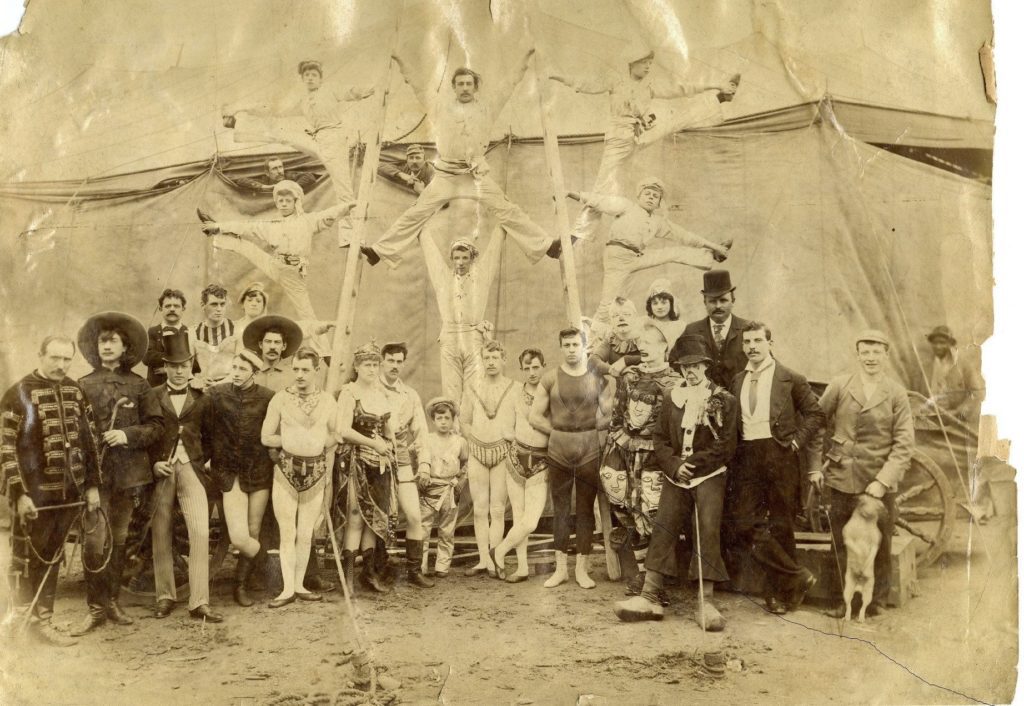
First thing to understand – the term freak show is not a pejorative. In its long and storied history, the freak show and the performers that populated it, held a special position in society. Outsiders to be sure, but respected for what they were and what they could do. As scientific thinking and exploration took hold of the Victorian imagination, and the public sphere, there was a genuine sense of wonder around those who defied understanding.
Woolf traces the popularity of this form of entertainment through the long 19th century, but is primarily focused on its height in the age of Queen Victoria.
It is no coincidence that the heydey of the freak show occurred in the nineteenth century when an obsession with bodily matters was there for all to see. From fears of body snatching to the terror of dissection after death; from anxieties about premature burial to the struggles in burying the escalating dead; from inventions to of faeces to public health reforms; this was a time when new norms were created around the body. Here was a century when ‘science’, ‘scientist’, ‘normal’, and ‘disability’ entered the lexicon… ~Pg. 6

From Chang and Eng, the origin of the term ‘siamese twin’, to Joice Heth and the making of P.T. Barnum, Woolf gives a thorough accounting of the top performers and the business of freak shows. The public was curious and these showmen provided something to wonder about. And when science didn’t have a definitive answer, newspapers and hucksters filled in the gaps. And sometimes the show producers would play the papers off one another, hoaxing the editors themselves.
Woolf also outlines the venues for these performers, showing how the location was as important as the act. Lecture halls of a certain kind were seen as respectable. Some freaks held private shows among a small number of guests in a home. When Barnum opened his American Museum in New York City, it further cemented the legitimacy of the freak show. They had a permanent display, in a building of stone and glass. They were holding court in a palace built for them.

The traveling show and the circus slowly absorbed the standalone freak show and its popularity waned. After the turn to the 20th century, the circus was increasingly seen as low-class and disreputable.
Looking at some of the practices with today’s lens, it can seem obviously demeaning or exploitative. Often it was. But it is important to find the historical context — something The Wonders does admirably. It is straightforward without excusing anyone’s behavior. It is an excellent overview of rise and fall of a performing art that was specific to its age.
My thanks to Jessica at Pegasus Books for the advance copy.
My rating: [xyz-ihs snippet=”4-and-half-stars”]
Hardcover: 336 pages
Publisher: Pegasus Books; 1 edition (November 5, 2019)
Language: English
ISBN-10: 1643132202
ISBN-13: 978-1643132204
Product Dimensions: 6.3 x 1.4 x 9.3 inches
